A couple of months ago, I wrote a blog about features of Microsoft Word you might not know about. And today I’m sharing even more tips and tricks to make Word more useful for you.
Signature Feature in Word
If you have a document that requires a signature, you are in luck. With Microsoft Word, you can draw a signature and add it to your document. To do this:
- Go to the Insert tab.
- Click on Shapes.
- In the Lines section, click on the icon that looks like a scribble.
- Your cursor will now be ready for you to click and drag your mouse to write your signature. Once you are finished, it will be converted into a picture that you can move around or resize.
If you have a touchscreen, it might be easier to use that instead of your mouse.

Start Typing Anywhere
Don’t think that you must start typing in Word at the top line. You can start in the middle of the page or even at the bottom. To do this:
- Move your cursor to wherever you want to type.
- Double click on that spot.
- Start typing.
Word Shortcuts
Using shortcuts can save you a lot of time. Below are a few to try out:
- Ctrl + W – Closes Word.
- Ctrl + Z – Undoes your last action.
- Ctrl + Backspace – Erases entire words.
- Ctrl + Click – Selects an entire sentence.
- Ctrl + Enter – Inserts page break.
- Ctrl + F – Finds specific text.
- Ctrl + End – Goes to the end of the document.
Pre-Made Templates
You can use pre-made templates when creating a resume, menu, brochure, or need to complete other projects. These templates are provided by Microsoft and set up the document so you can start working immediately. To find and use a template, do this:
- Go to File, then New.
- You’ll see templates appear. You can also use the search bar to search for templates.
- Click on the template you want to use.
There is no use in recreating the wheel if a template already exists!
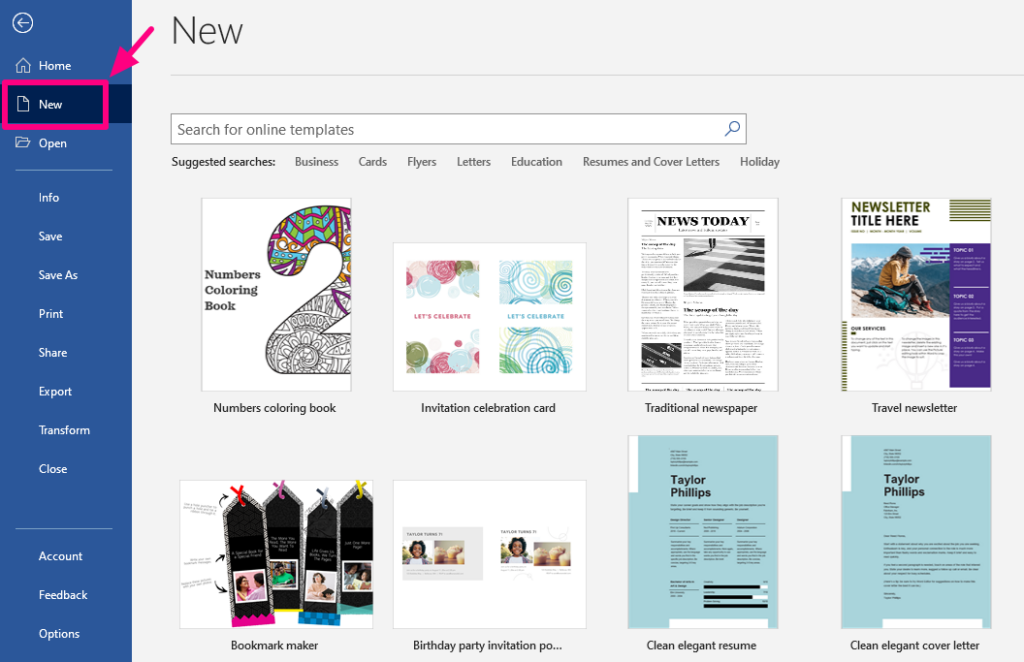
Microsoft Word Translate Feature
You can use Word’s translate feature to read and write in foreign languages. To do this:
- Select the text or sentence you want to translate.
- Right click on it.
- Scroll to Translate. The Translator panel will open showing the text.
- Select the language you want to translate it to.
If you want, you can also place the translated text into the document by clicking Insert.
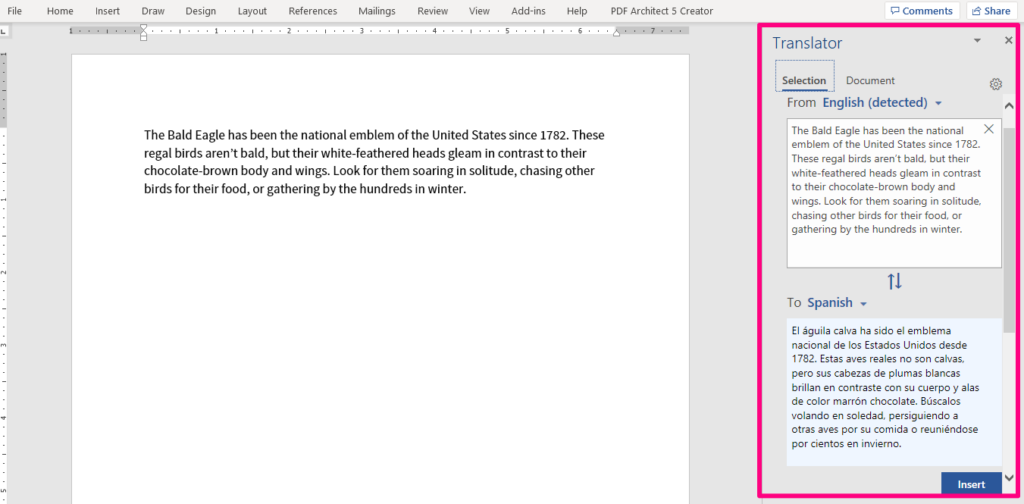
Try a few of these tips and tricks to boost your Microsoft Word experience! For more tips and tricks when using Microsoft Word, check out this blog post. And feel free to add your own tips in the comments.


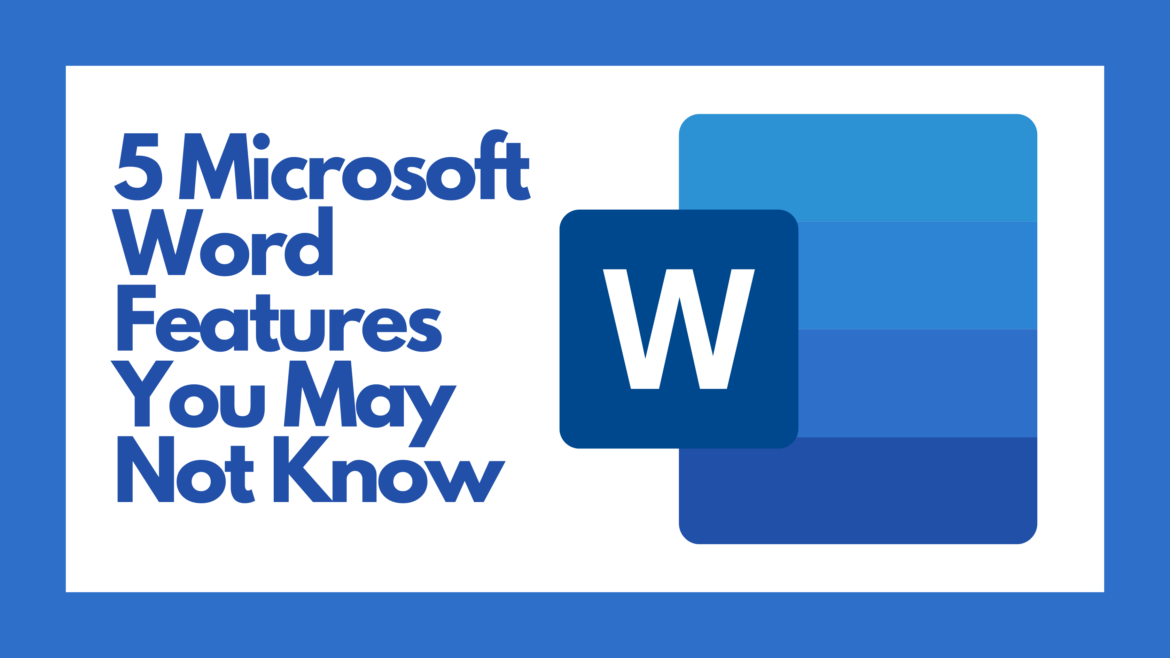

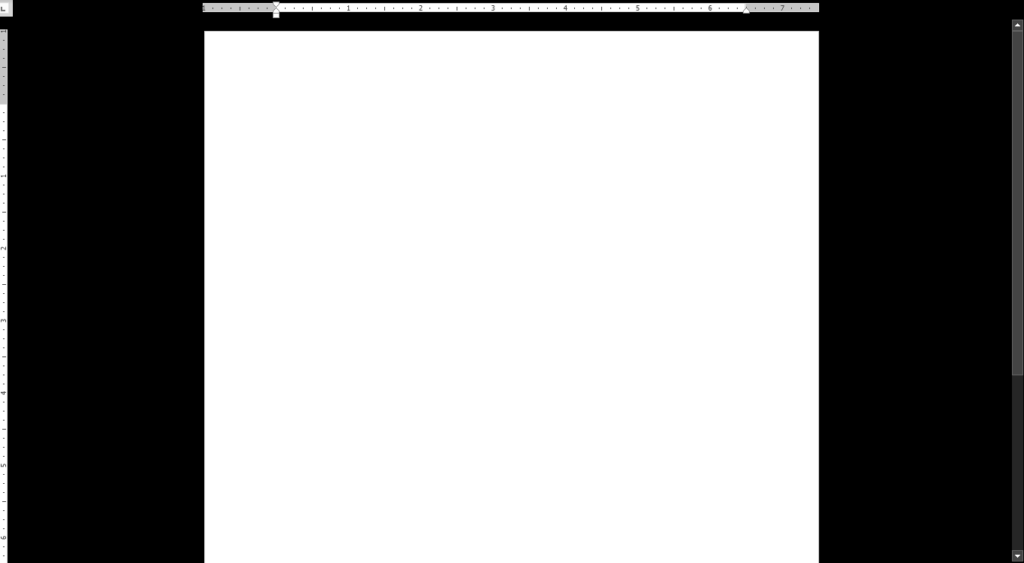
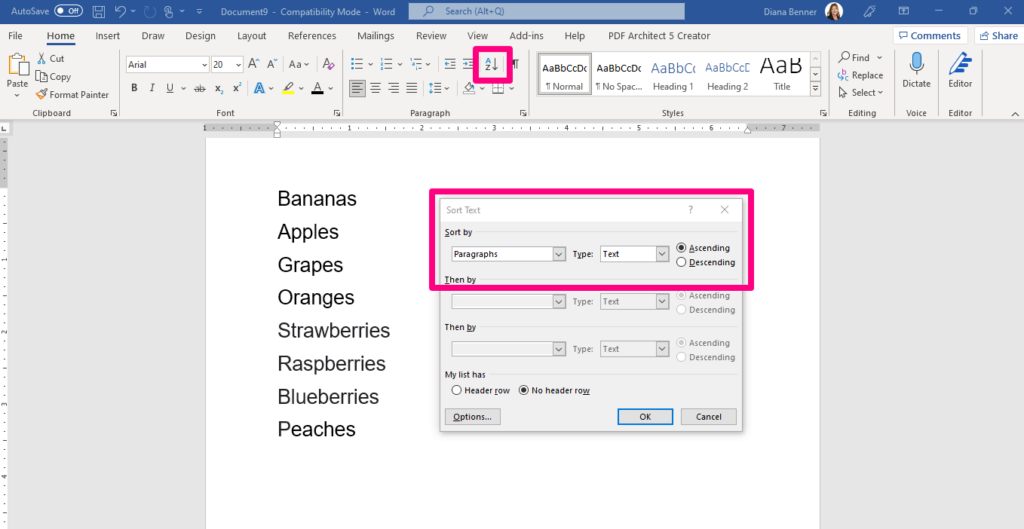
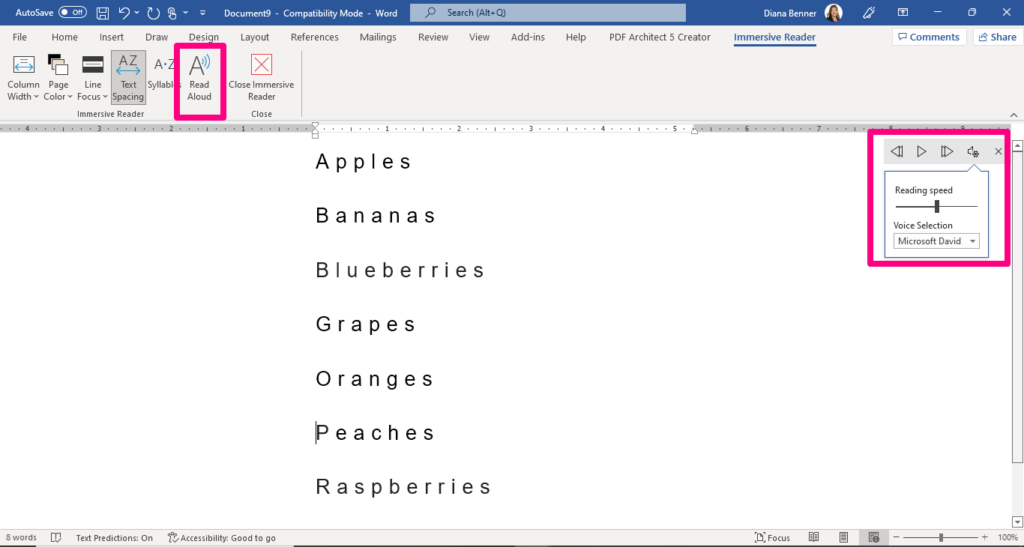
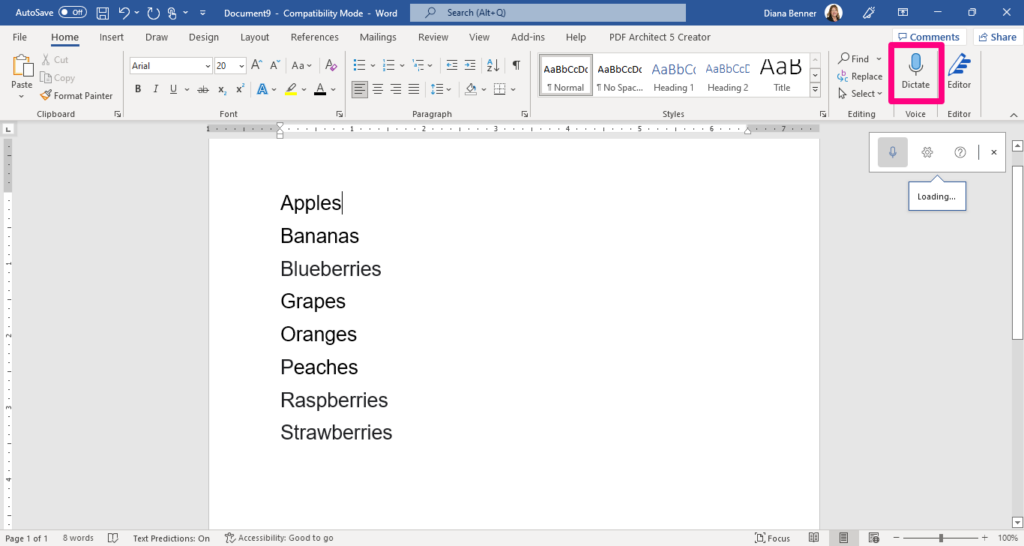

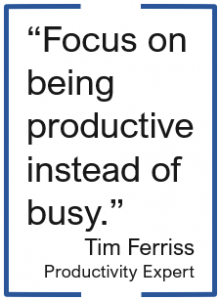 There are so many different tasks that I do which involve using either Microsoft Word or Google Docs that I have picked up a few tips and tricks over the years to help make using Microsoft Word even faster so I can get to other items on my to-do list. And isn’t that our main goal anyway? As Tim Ferriss, author of The 4-Hour Workweek, said, “Focus on being productive instead of busy.” I was training this past week on Microsoft Office and had that startling realization that there are things I know how to do in Office that I take for granted and just assume that everyone knows the same things and makes use of various tools to speed up their process. So, here is a shortened list I would share with someone if they use Word, but want to be more productive.
There are so many different tasks that I do which involve using either Microsoft Word or Google Docs that I have picked up a few tips and tricks over the years to help make using Microsoft Word even faster so I can get to other items on my to-do list. And isn’t that our main goal anyway? As Tim Ferriss, author of The 4-Hour Workweek, said, “Focus on being productive instead of busy.” I was training this past week on Microsoft Office and had that startling realization that there are things I know how to do in Office that I take for granted and just assume that everyone knows the same things and makes use of various tools to speed up their process. So, here is a shortened list I would share with someone if they use Word, but want to be more productive. Copying/Pasting – When pasting from other programs, I typically want just the text (not the formatting), so why not set it here? I also have my pictures inserted/pasted as Tight…which is what I would change them to most of the time. The few times I want an image inserted in line with text or in front of text, I can easily change it on the fly using the Wrap Text button on the Format ribbon tab.
Copying/Pasting – When pasting from other programs, I typically want just the text (not the formatting), so why not set it here? I also have my pictures inserted/pasted as Tight…which is what I would change them to most of the time. The few times I want an image inserted in line with text or in front of text, I can easily change it on the fly using the Wrap Text button on the Format ribbon tab. Recent Documents/Folders – It seems like I am always needing to find a Word file that I used a while back. To help make that easier, I increased the preference to show the 50 most recent documents (to quickly access them) and 50 unpinned recent folders.
Recent Documents/Folders – It seems like I am always needing to find a Word file that I used a while back. To help make that easier, I increased the preference to show the 50 most recent documents (to quickly access them) and 50 unpinned recent folders.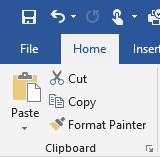 Format Painter – I cannot believe that everyone doesn’t know about the Format Painter tool! Click in the text that contains the format you want to paint somewhere else. Then, click the Format Painter tool once if you are only going to apply it once or double-click it if you want to apply it to multiple pieces of text (or graphics) in your document. If you double-click the tool, then you will need to click it again to turn it off. This tool is especially handy if you have multiple locations where you want to bold, resize, change the font, and the color!
Format Painter – I cannot believe that everyone doesn’t know about the Format Painter tool! Click in the text that contains the format you want to paint somewhere else. Then, click the Format Painter tool once if you are only going to apply it once or double-click it if you want to apply it to multiple pieces of text (or graphics) in your document. If you double-click the tool, then you will need to click it again to turn it off. This tool is especially handy if you have multiple locations where you want to bold, resize, change the font, and the color! Styles – Instead of being forced to use the styles that are listed across the Home tab ribbon, consider updating them to be what you want. When your cursor is in the text that contains the formatting you want to keep, right-click on the appropriate style and select “Update…to Match Heading.” This is equivalent to boosting the Format Painter tool in that I don’t have to go and find the format in my document to click in and then grab the tool. Updating the styles makes it even easier.
Styles – Instead of being forced to use the styles that are listed across the Home tab ribbon, consider updating them to be what you want. When your cursor is in the text that contains the formatting you want to keep, right-click on the appropriate style and select “Update…to Match Heading.” This is equivalent to boosting the Format Painter tool in that I don’t have to go and find the format in my document to click in and then grab the tool. Updating the styles makes it even easier.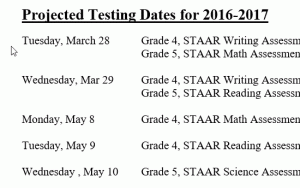 ALT+click/drag – We know that you can click and drag to select text. This shortcut is like that only on steroids! While you hold down the ALT key, click and drag to select the columns of text you want to delete. Once selected, just his the delete key or backspace key.
ALT+click/drag – We know that you can click and drag to select text. This shortcut is like that only on steroids! While you hold down the ALT key, click and drag to select the columns of text you want to delete. Once selected, just his the delete key or backspace key.